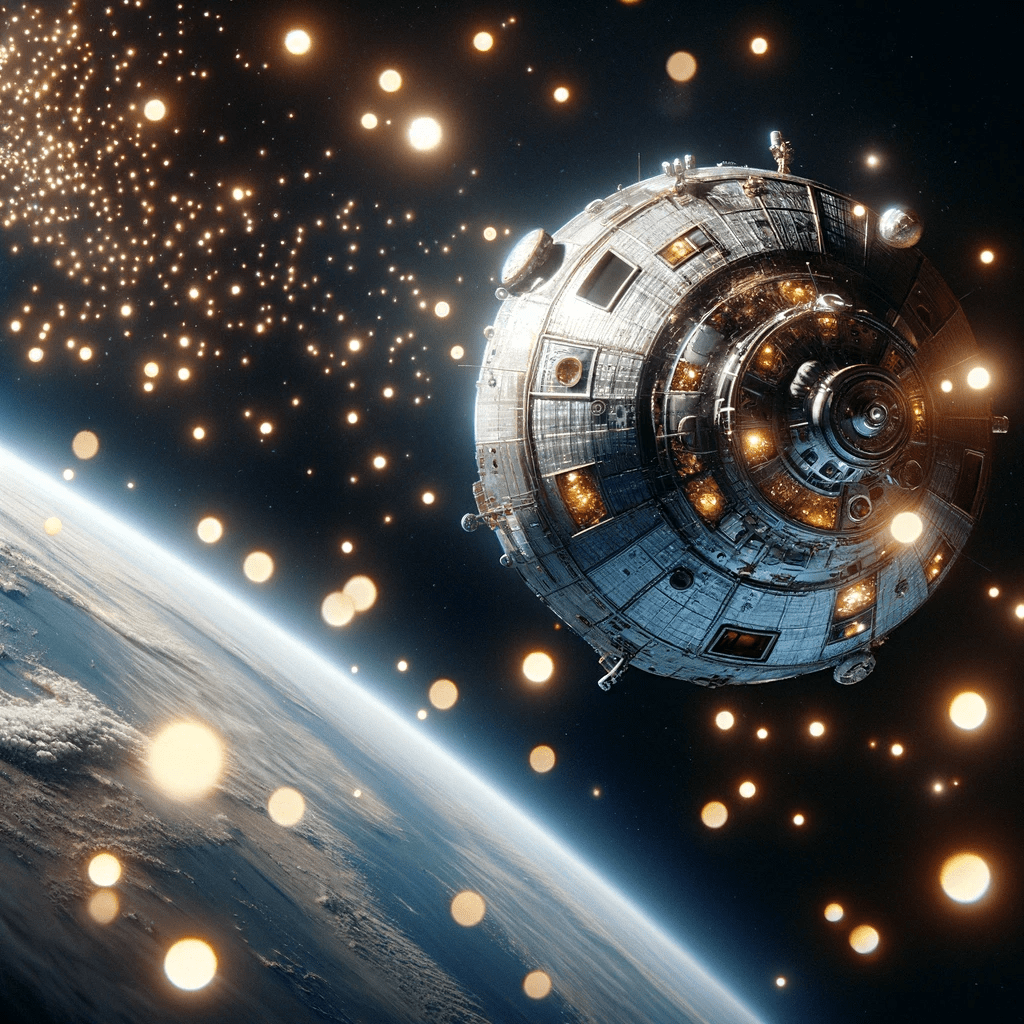John Glenn

John Glenn was an American astronaut who flew on the Friendship 7 mission as part of NASA’s Mercury program. His mission took place on February 20, 1962. He was the sole occupant of the spacecraft, making him the first American to orbit the Earth. The primary objective of the mission was to study man’s ability to function in a space environment for an extended period and to orbit the Earth.
The spacecraft was launched from Cape Canaveral in Florida, USA, and completed three orbits around the Earth before safely splashing down in the Atlantic Ocean. The mission’s duration was approximately 4 hours and 55 minutes. Glenn’s flight was a significant milestone in the space race between the United States and the Soviet Union, and it made him an American hero.
The Friendship 7 mission was essential in providing valuable data on the effects of space travel on the human body, as well as testing spacecraft systems and operations. It helped pave the way for future manned space missions, including the Gemini and Apollo programs that eventually landed men on the Moon.
John Glenn describes observing small, luminous particles while in space, in the capsule Friendship 7. He first notices these particles swirling around the capsule just after sunset and again at sunrise. They seem to light up and move at speeds of about 3-5 miles per hour, relatively slower than the capsule. The particles appear to be about a sixteenth of an inch or smaller and are thousands in number. They don’t seem to be coming from the capsule itself as he observes them at different times and in vast quantities, covering miles in each direction. Glenn tries to get some pictures and makes it clear that these particles are neither coming from his capsule nor related to any potential issues with the capsule’s landing gear. He indicates that the phenomenon has been persistent and is very distinct.
John Glenn’s Friendship 7 mission was a historic moment for the United States, making him the first American to orbit the Earth. His observations of small, luminous particles during the mission have led to speculation about the presence of spherical UFOs, although this has never been confirmed. The particles he described were distinct and not originating from the spacecraft, adding an element of mystery to his mission.
Years after his groundbreaking trip on Friendship 7, John Glenn returned to space at the age of 77 as a part of the STS-95 Space Shuttle Discovery mission in 1998, making him the oldest person to fly in space. This mission focused on various scientific experiments, including those studying the aging process.
John Glenn’s contributions to space exploration extended beyond just his initial orbit around Earth. He continued to be a part of America’s space journey well into his later years. His mysterious encounter with luminous particles adds an intriguing layer to his legacy, fueling ongoing discussions about what astronauts might encounter in the great unknown.


